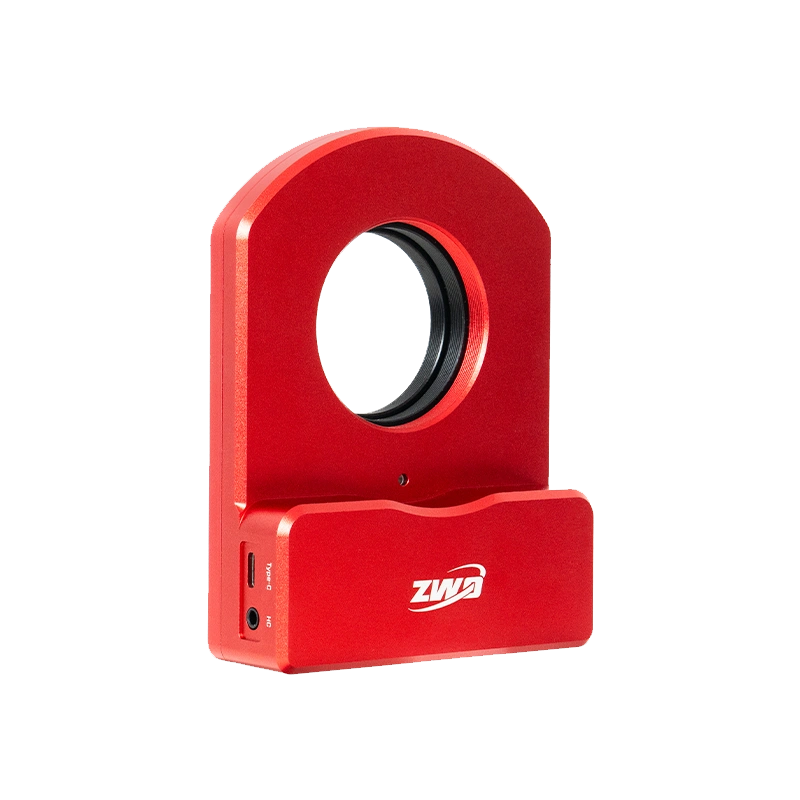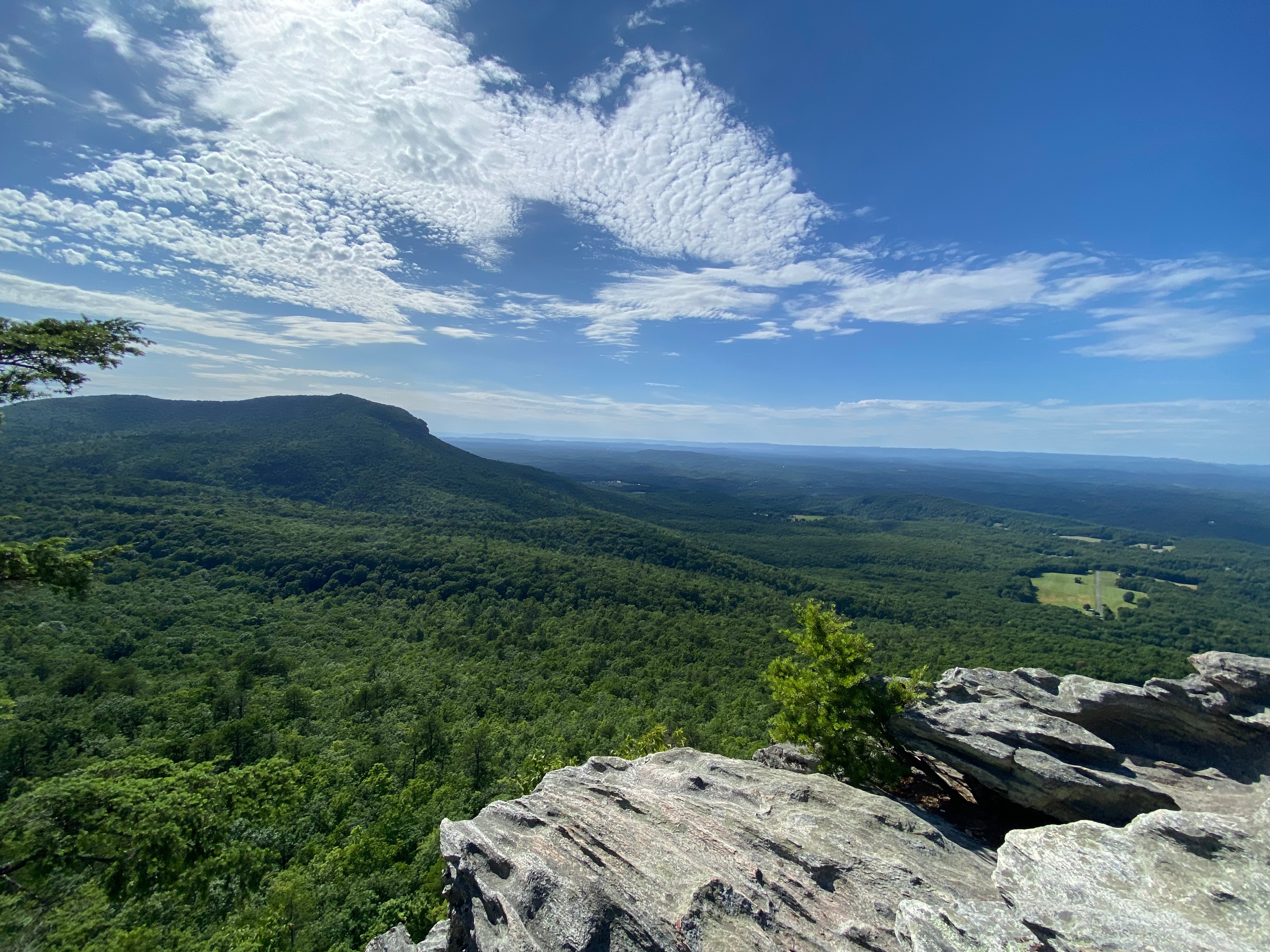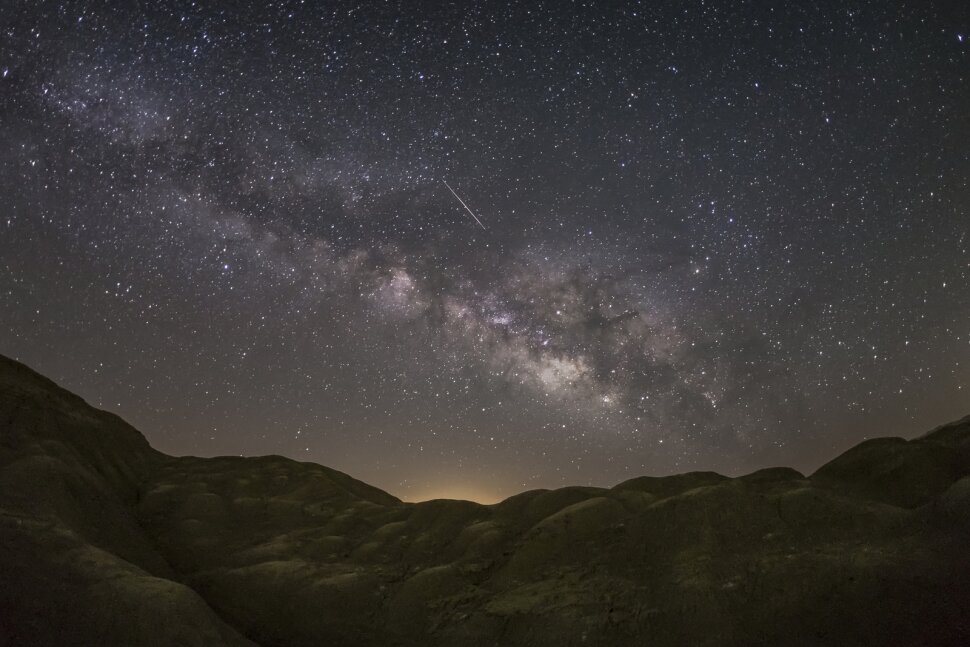Last Updated on February 2, 2025 by Gene Timothy
As a beginner and as seasoned imagers, we will all experience Nights of Frustration when imaging, it’s not a matter of IF it’s a matter of WHEN. The more we plan for our nights of astroimaging the more likely we are to have an enjoyable and successful outing.
We often forgot just how many pieces of equipment need to work together in harmony to get those fantastic images of the night sky. With so many “moving” parts of your setup, there are always bound to be small issues or ‘kinks” that will be sure to ruin your night if not planned and prepared for in advance.
Recently during a night out at the Black Forest Star Party in Cherry Springs State Park of Pennsylvania, I couldn’t help but notice the calls of frustration that rung through the darkness when many imagers, who were not prepared could not get their setup to cooperate and perform as expected during the Dark Clear Skies. Often the frustration builds so much that at times some want to physically throw the pieces of equipment across the field in hopes that it might “beat it into submission” and finally work as it should. Sometimes, folks can be heard “sweet talking” their laptop or Mount with the idea that it might start to work properly if only a little bit of tender love and care are shown or
even the slightest nod to the sky gods praying that the piece of equipment will work before the night is over so that it can be salvaged, and some small amount of data is collected.
Here are some tips for avoiding those nights of frustration and maximizing your time under clear skies:
1.) Plan your imaging session – keep a notebook or use an app to plan out what targets you want to image for that night. This will allow you to maximize your time on target and not waste time once you are set up trying to decide what to image or what orientation or framing you want. Now this will depend also on the night’s weather, if part of your skies are obstructed by clouds you will need to have targets chosen in various directions so you can quickly pick from a list. Planning can save you valuable time in the field and allow for a more enjoyable night of imaging.
2.) Use a compass or other digital device to locate Polaris – Especially when
you are at an unfamiliar location where the skies may be clearer and resolve more stars
than you are accustomed to. Many seasoned imagers have wasted precious clear nights
when they thought they were polar aligned but realized they were not even pointed at
Polaris.
3.) Perform a Trial Run – Taking the time to set up your imaging rig ahead of time during the day, when you are not rushing against the pending clouds or inclement weather will help you become better acquainted with your equipment and also help avoid any issues along the way – by setting up everything just as you would plan to set up in the field, and when you pack up afterward take the next tip into account.
4.) Perform software updates well in advance – Many imaging sessions have been
ruined if not delayed because we forget to check on the laptop, we are using for any updates that may be due or have not been updated and they initialize their updates when
we turn them on when ready to image. Or we update them and realize that some major UI changes have been made that we are not familiar with, and we waste time finding what we need.
5.) Take Inventory of your equipment – Before you head out to your imaging location, ensure you have an inventory of all your cables, cords, and auxiliary equipment. To do this go ahead and do a trial run of setting up your rig as mentioned above and then break down the rig and store it in plastic bins with labels for each part of your rig. I.e. – make a plastic bin and label it with “camera”, then place all your corresponding cables, power cords, adaptors, etc. needed to set up your camera. Do this for each section of your imaging rig. If you label the containers properly you can keep them in order of setup and in order of teardown to help save time., Also, make sure power cords and extension cords are in good condition.
6.) Clean your telescope/optics – After each imaging session where you may
have had dew form on our optics ensure you properly clean the optics. It is also easier
to perform this during the daytime instead of in the pitch black. This would also
cut down on any images ruined by not taking proper calibration frames.
7.) Turn off Windows auto updates – The last thing we need is for windows to start an update when we want to start imaging for the night. By disabling the windows updates you won’t be prompted or have your computer go into an automatic update routine ruining your plans to image by waiting for the PC to complete its installation of updates.
8.) Turn WI-FI off – By turning off wi-fi your computer will not be searching for a signal
and will not download windows updates. Unless you are using a remote connection to
another mini-PC that is running your imaging automation, it’s better to just turn off the
Wi-Fi and save some battery life.
With a bit of planning and preparation, your night of Astro imaging can be enjoyable and productive.







